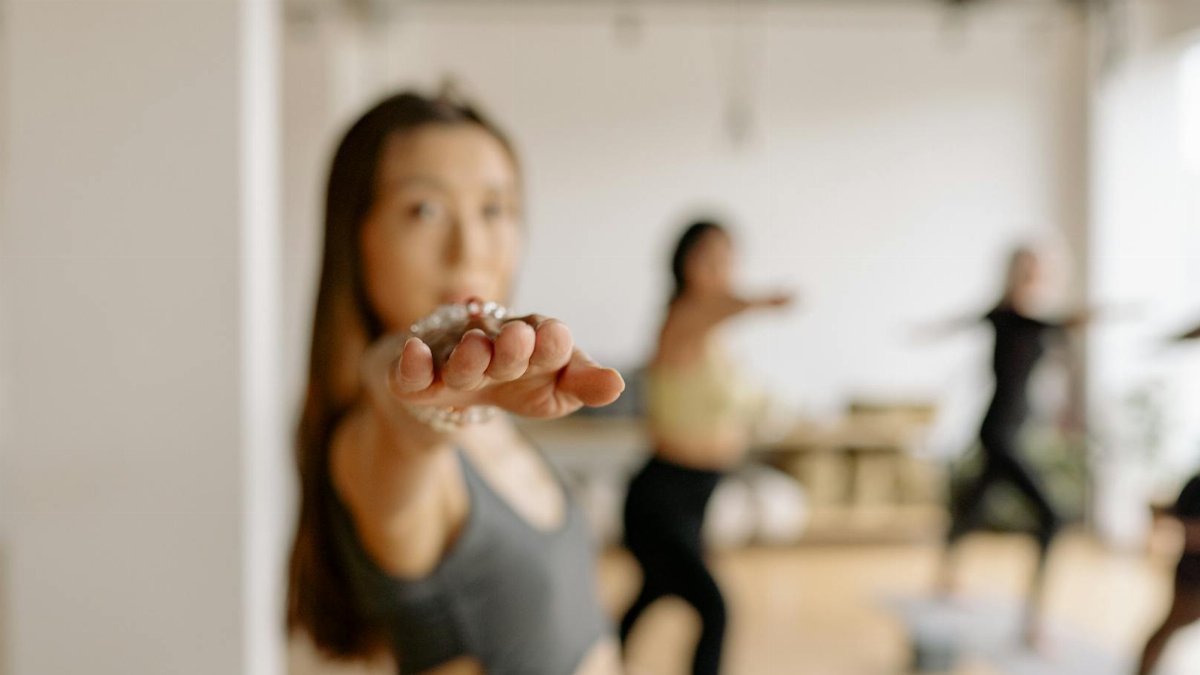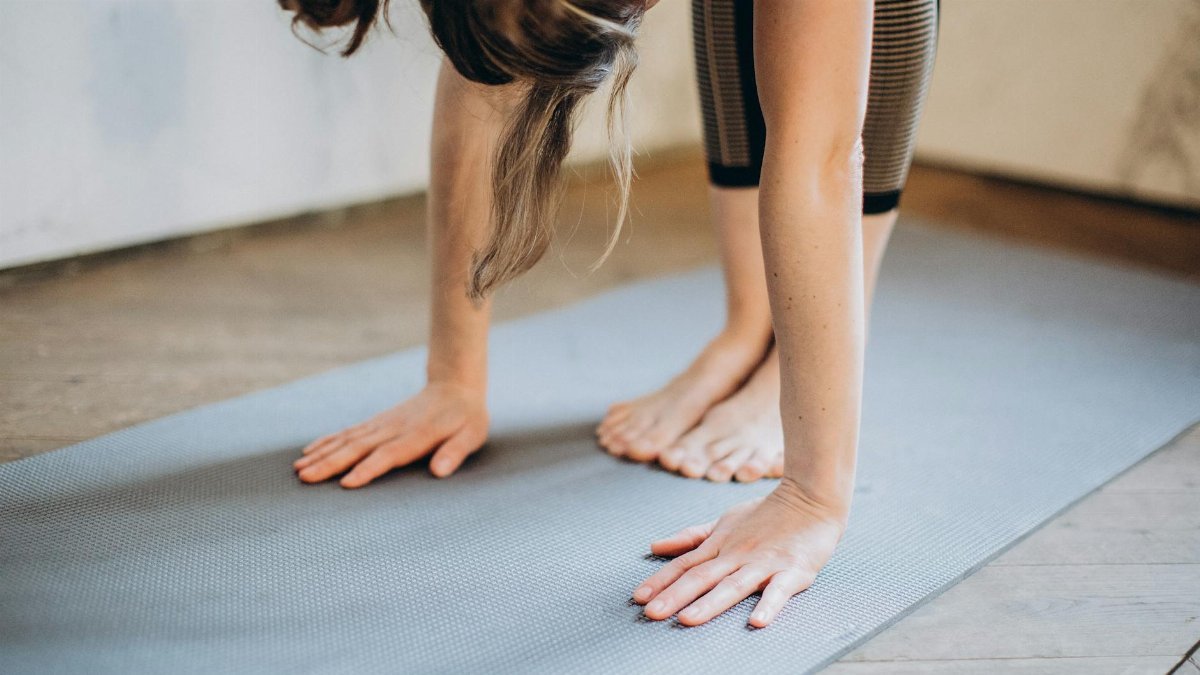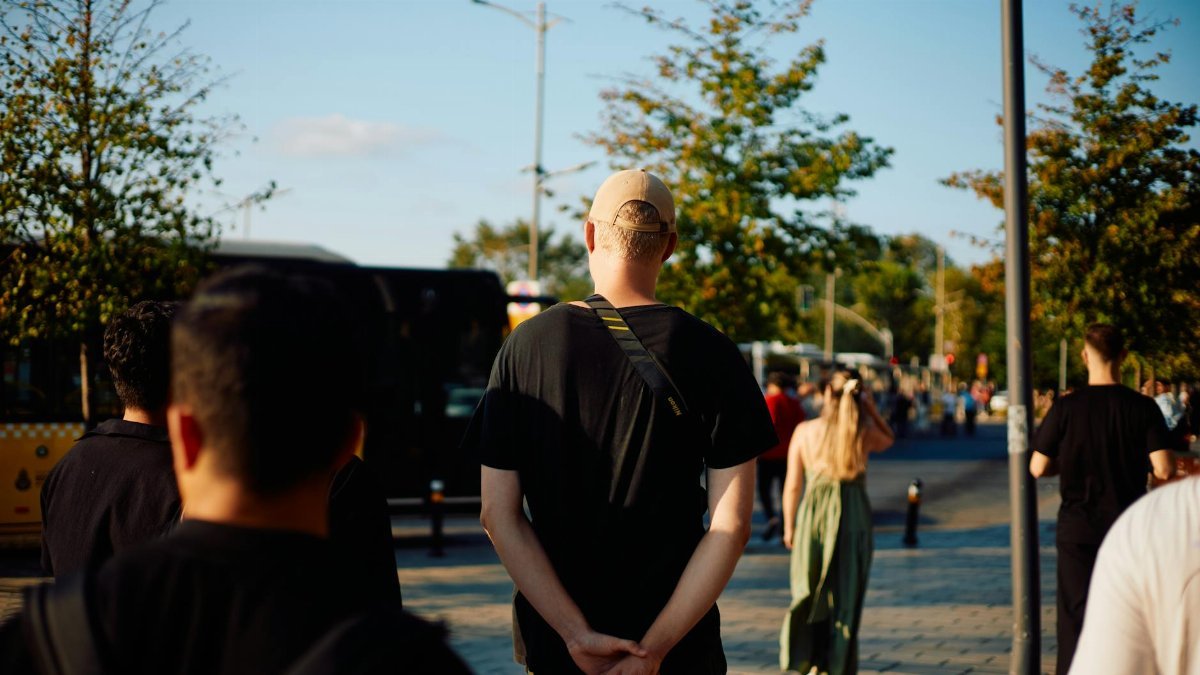Imagine a moment when the world feels like it’s spinning too fast—heart racing, thoughts spiraling, and no anchor in sight. For many Americans grappling with stress or panic, this sensation is all too familiar. Yet, a simple set of tools known as grounding practices is gaining traction as a way to reclaim calm. These techniques, often rooted in mindfulness and sensory awareness, help individuals reconnect with the present moment, offering a lifeline when overwhelm strikes. Whether it’s feeling the texture of a nearby object or focusing on steady breaths, grounding can shift the mind from chaos to clarity. In a society where anxiety rates continue to climb—over 40 million adults in the U.S. are affected annually, according to the National Institute of Mental Health—these practices are more relevant than ever. Let’s explore nine specific exercises to navigate panic and restore balance.
1. The 5-4-3-2-1 Sensory Countdown

When panic sets in, the mind often races into a fog of “what ifs.” A practical way to cut through that haze is the 5-4-3-2-1 technique, a sensory grounding exercise that tethers you to the here and now. Start by naming five things you can see around you—perhaps the grain of a wooden table or a flickering light. Then, identify four things you can touch, like the coolness of a glass or the roughness of a sweater. Move to three sounds, two smells, and finally, one taste. This method, often recommended by therapists, forces the brain to shift focus from internal chaos to external reality. Research from the National Library of Medicine highlights how sensory-based interventions can reduce acute stress responses. It’s a small act, but its impact can feel monumental.
Picture a busy office worker in Chicago, hands trembling before a high-stakes meeting, quietly counting down through their senses at their desk. By the time they reach “one taste”—a lingering hint of morning coffee—they’re breathing easier. This exercise doesn’t require solitude or special tools; it meets you where you are.
2. Barefoot Connection to the Earth

There’s something primal about standing barefoot on grass or soil, a direct link to the earth that many have forgotten in the rush of modern life. Often called “earthing,” this grounding practice involves removing shoes and letting your feet touch natural surfaces. The theory, supported by preliminary studies in journals like the Journal of Environmental and Public Health, suggests that direct contact with the ground may reduce inflammation and stress by balancing the body’s electrical charge. For someone in the grip of overwhelm, the cool, uneven texture of earth can be a startling reset.
Not everyone has a backyard, of course. Urban dwellers might need to seek out a park or even a small patch of dirt. The key is intentionality—stand still, feel the ground, and breathe. It’s less about science for some and more about the raw simplicity of reconnecting with something bigger than a racing mind.
3. Focused Breathing with a Twist

Breathing exercises are a staple in managing panic, but adding a tactile element can amplify their power. Try this: place one hand on your chest and the other on your abdomen. Inhale deeply for a count of four, feeling your belly rise, then exhale for six, noticing the fall. The physical sensation of your hands moving with each breath anchors you beyond just the rhythm. Studies from institutions like Harvard Medical School emphasize that controlled breathing can lower cortisol levels, the body’s stress hormone.
This isn’t just theory. A teacher in a bustling Atlanta school district shared how, during a moment of overwhelm amidst grading and parent calls, they used this technique at their desk. With each slow breath, the tightness in their chest eased. The hands-on approach made the abstract act of “breathing” feel concrete and immediate.
4. Holding a Familiar Object

Sometimes, grounding practices are as simple as reaching for something familiar—a smooth stone, a worn keychain, or a piece of jewelry. The idea is to hold an object that carries personal meaning or a distinct texture, focusing entirely on how it feels in your hand. Trace its edges, note its weight, and let your mind zero in on that singular sensation. This tactile focus can interrupt spiraling thoughts, acting as a physical reminder of stability.
Therapists often suggest carrying such an item for moments of distress. It’s discreet, portable, and doesn’t require explanation to curious onlookers. For someone who associates a particular ring with a loved one, clutching it during a panic attack can evoke not just sensory calm but emotional reassurance. It’s a quiet bridge back to the present.
5. Naming Your Surroundings Aloud

When anxiety pulls you inward, speaking aloud can yank you back out. This exercise involves verbally listing what’s around you—nothing poetic, just facts. “I see a blue chair. I see a window with smudges. I see a stack of books.” The act of vocalizing forces your brain to process the environment rather than ruminate. It’s a deceptively simple grounding practice, often used in cognitive behavioral therapy to disrupt negative thought loops.
Consider a parent in a crowded grocery store, feeling the onset of overwhelm as kids tug at their sleeves. Muttering a list of nearby items under their breath—cereal boxes, fluorescent lights—helps them regain focus. It’s not about volume; even a whisper works. The voice becomes a tether, pulling the mind back to what’s real and immediate.
6. Cold Water Reset

Physical sensations can jolt the nervous system out of a panic spiral, and cold water is a quick, accessible tool. Splash your face, hold an ice cube in your hand, or run cold water over your wrists. The shock of the temperature shift demands attention, rerouting your focus from mental chaos to bodily sensation. Research into vagus nerve stimulation, often discussed in resources from the Mayo Clinic, suggests that cold exposure can activate calming responses in the body.
This isn’t about enduring discomfort—it’s a brief, sharp reset. A college student cramming for finals might step away from their desk, splash cold water on their face, and feel the fog lift just enough to refocus. It’s a reminder that the body can override the mind’s runaway train.
7. Progressive Muscle Relaxation

Tension often hides in the body during moments of overwhelm, tightening shoulders or clenching jaws without notice. Progressive muscle relaxation counters this by systematically tensing and releasing muscle groups. Start at your toes—clench them for five seconds, then let go. Move to your calves, thighs, and upward. The contrast between tension and release highlights where stress lives and helps dissipate it. This method, backed by studies in clinical psychology, can lower overall anxiety levels.
It takes a few minutes, so it’s best done in a quiet space. But even a shortened version—focusing on hands and neck—can work in a pinch. The deliberate focus on each muscle group doubles as a mental distraction, giving racing thoughts a backseat while the body takes center stage.
8. Visualizing a Safe Space

Not all grounding practices are physical; some lean on the mind’s capacity to create calm. Close your eyes and picture a place where you’ve felt utterly safe—a childhood hideout, a quiet beach, or a cozy room. Build the scene in detail: the colors, the smells, the sounds of leaves rustling or waves lapping. This mental escape can slow a racing heart by shifting focus from threat to comfort.
Anecdotally, this resonates widely. One person, reflecting in an online discussion, described imagining their grandmother’s kitchen during panic attacks—the smell of baking bread grounding them even miles away. It’s not about ignoring reality but creating a mental buffer to return to it with clearer eyes. Therapists often pair this with breathing for added effect.
9. Walking with Intention

Movement can be a powerful antidote to feeling stuck, and intentional walking is a grounding exercise that combines physicality with mindfulness. Step outside or pace a room, focusing on each step—heel to toe, the shift of weight, the rhythm. Count your steps if it helps, or notice how the ground feels beneath you. This isn’t a race; it’s a deliberate act of presence, pulling attention away from mental noise.
For urbanites in 2025, this might mean a slow loop around a city block, noticing cracks in the sidewalk or the brush of wind. Rural folks might wander a dirt path, feeling each uneven bump. The point is connection—between body, mind, and environment. It’s a reminder that even in overwhelm, you can still move forward, one step at a time.
